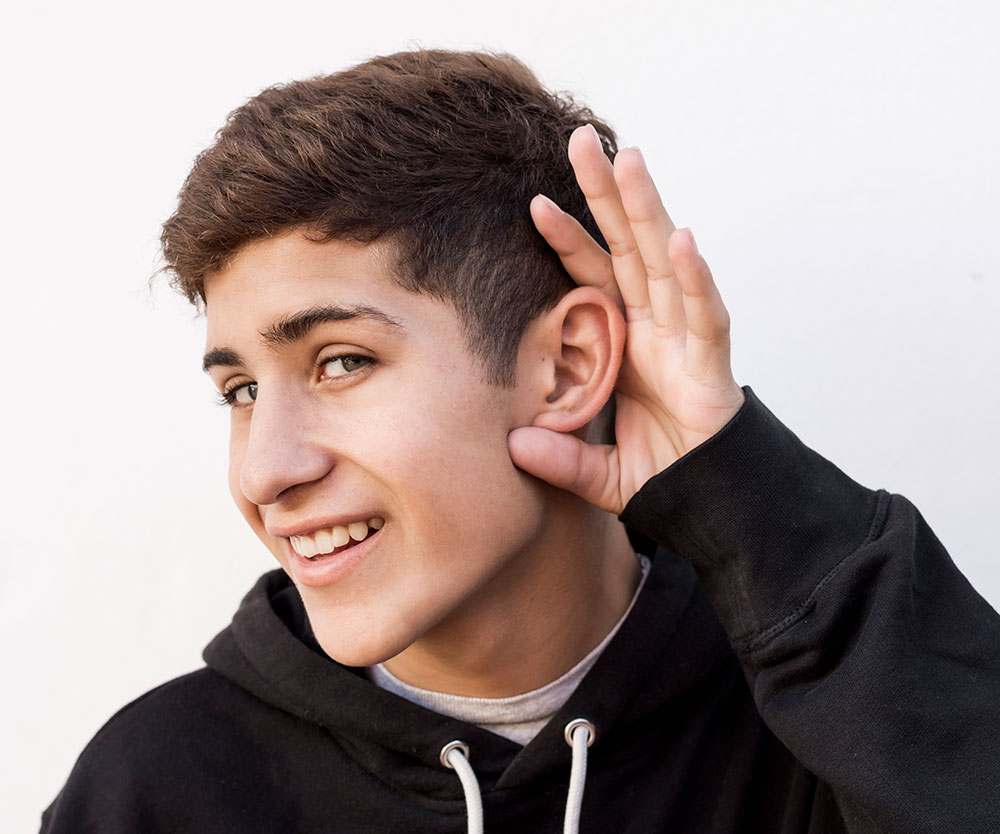

The Human Face is complex aesthetic unit and ageing of human face is equally complex. Different individuals need different approach to facial ageing . Dr Garg does like to look at face as single unit and may suggest you single or multiple procedures to achieve your goals.
Dr Garg believes each individual is unique and may need different approach .He does not believe in isolating facial rejuvenation to individual procedures like face lift, neck lift, blepaharoplasty and mid face rejuvenation etc. Apart from making use of multiple surgical and non surgical options like micro fat grafting, skin tightening, natural stem cells, periorbital rejuvenation etc he may also suggest you lifestyle changes.

Ear surgery, or otoplasty, is a surgical procedure to improve the appearance of a person’s ears. Otoplasty primarily serves two functions: setting prominent ears back closer to the head, and reducing the size of large ears .It can provide psychological benefits to those who have been teased about the size or shape of their ears, have had a serious ear injury, or simply want to enhance their appearance.

Otoplasty, also known as ear pinning, generally lasts two to three hours and is performed on an outpatient basis. The type of anesthesia used typically depends on the age of the patient.
The otoplasty procedure involves a small incision made behind the ear,. The cartilage is then sculpted and bent into its new position to achieve the desired appearance with the help of sutures. A bandage is then wrapped around the head to secure the new positioning. To achieve better balance, both ears may be operated on.
A few days after the otoplasty procedure, the bandages around your head will be replaced with a smaller dressing that should be worn for about one week. The stitches will be removed after one week.There will usually be a faint scar on the back of the ear and should be virtually unnoticeable and, typically, will fade with time.
Complications are rare and usually minor .A small percentage of patients may develop a blood clot on the ear. This generally dissolves naturally or can be treated with a needle. Another potential risk is an infection in the cartilage,this can usually be treated with antibiotics, but may occasionally require drainage. Also, you should not expect your new ears to match exactly; even normal, natural ears are not identical.

Rhinoplasty, or nose surgery, is one of the most common plastic surgery procedures performed today. It can reshape, reduce or augment a person’s nose to achieve facial harmony and boost self-confidence. It may be performed as a reconstructive procedure to correct a birth defect, or repair an injury such as a broken nose.
Rhinoplasty may be performed for functional rather than cosmetic reasons as well. Combining nose reshaping with septoplasty or endoscopic sinus surgery can effectively treat certain breathing problems, such as those caused by a deviated septum.
Rhinoplasty is an excellent procedure for achieving the following:
Rhinoplasty is usually an outpatient procedure performed under IV sedation or general anaesthesia.
Surgeons use one of two techniques when performing nose surgery. In a closed rhinoplasty, incisions are made within the nostrils. In an open rhinoplasty, the incision is made across the columella, the tissue between the nostrils.The entire procedure generally lasts two to three hours. Sometimes surgeon may need to use cartilage from another body part like ear or rib also .
Most patients feel like themselves within two days, and return to work in about a week. The results of rhinoplasty become gradually apparent as the days pass and swelling recedes. Swelling may reappear from time to time in the first year after the procedure. It is typically more noticeable in the morning and fades during the day.
Patients with realistic goals for rhinoplasty are generally very happy with the new shape of their nose. The exact results depend on the patient’s nasal bone-and-cartilage structure, facial shape, skin thickness and age.
Complications are rare and, when they occur, minor. These may include:
Infection,Recurring nosebleed,Reaction to the anesthesia,Numbness in/around nose and very rarely, nasal perforation In general, a rhinoplasty is considered a safe surgical procedure.